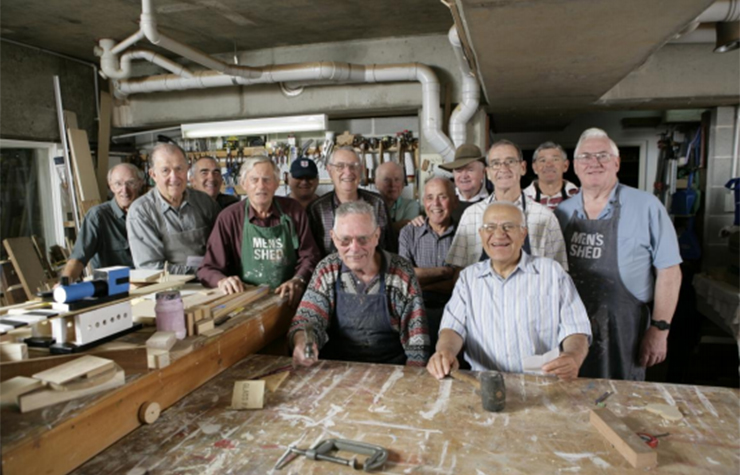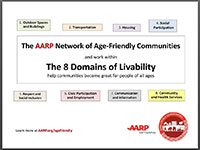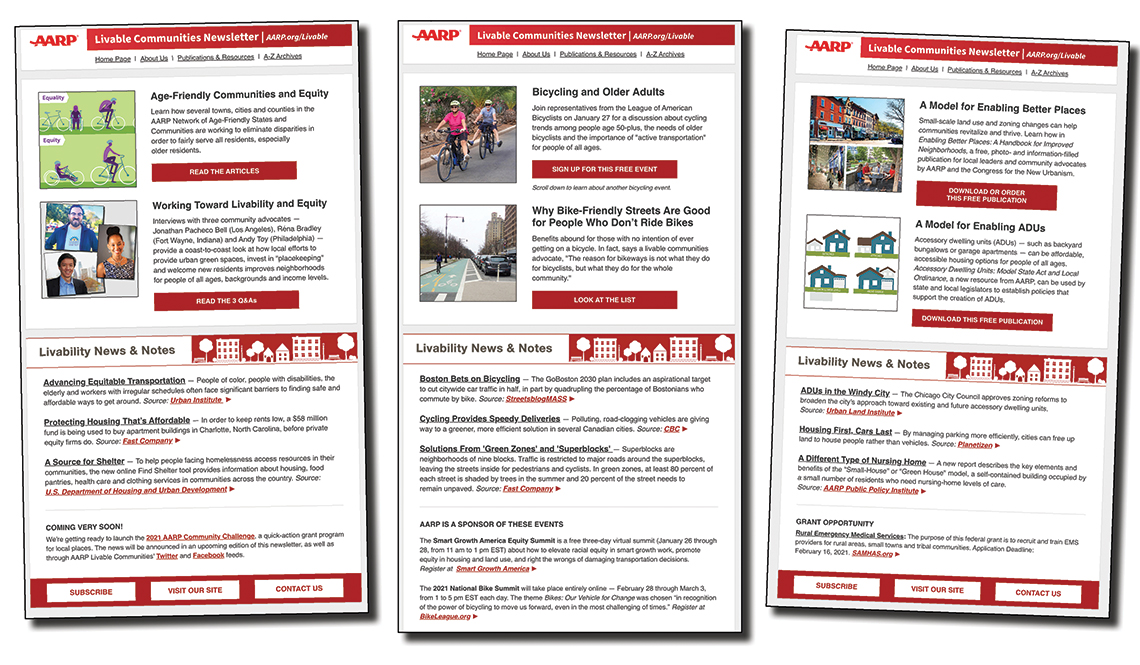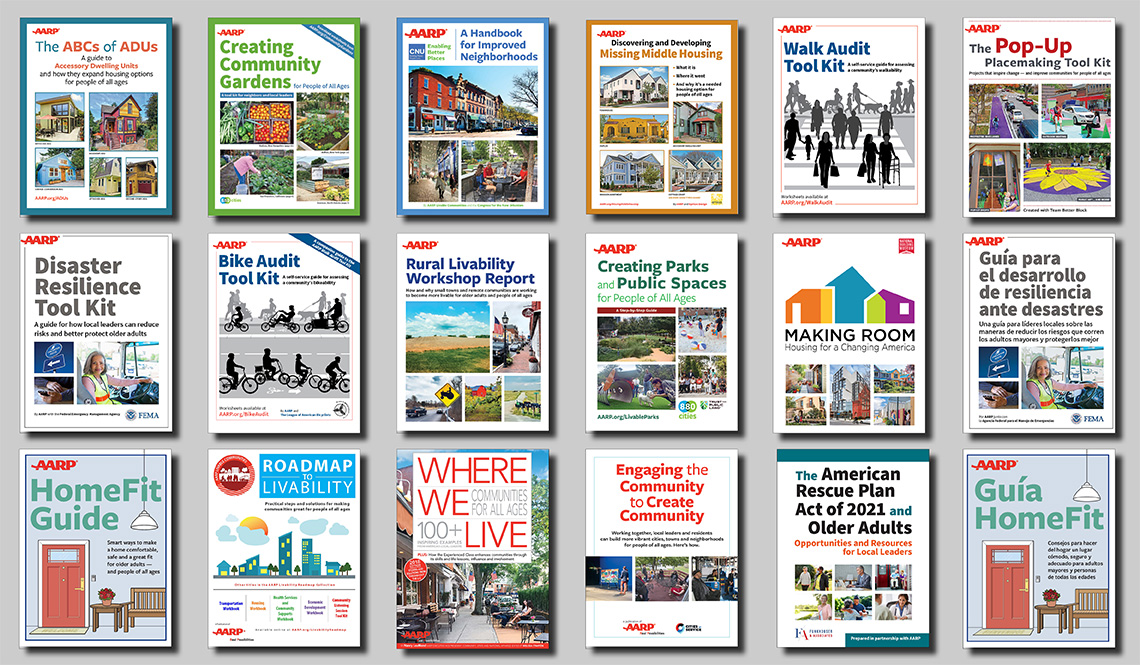Giving Men a Place of Their Own
As havens for company, conversation and creativity, "Men's Sheds" may save some men from life-shortening isolation
Men’s Sheds, Lane Cove, New South Wales, Australia
Most people think of a shed as a small backyard building used for gardening, storage or as a workshop. But in Australian culture, a shed is typically a man's home away from home.
In 1998, the Lane Cove Community Men's Shed was one of two pioneering sheds (the other is in Tongala) that helped spark a full-fledged movement of spaces where older, mostly retired men from all walks of life can gather to socialize and talk while working on practical building and woodworking projects.
As Ted Donnelly, president of the Lane Cove Community Men's Shed and former president of the Australian Men's Shed Association says about shed members: "They open up about their lives, their relationships, their health. They build friendships and trust."
The Details
A 2013 survey of 245 men's sheds in Australia found that, among other things, sheds provide men with:
- a place to access health information
- a chance to discuss issues related to their well-being
- opportunities to participate in the community
- a social support network and sense of belonging
- a mechanism to acquire or develop new skills
Men's sheds are as varied as the men who gather in them. (Some sheds are open to women, too.) In Australia, the median age of a "shedder" is about 70. The membership of each shed can range from a handful to around 150.
A shed's coordinator typically has the technical and social skills to get the group started and develop a membership. The coordinator welcomes men to work on projects of their choice, on their own time. No one is paid and most decisions are reached by consensus.
Each shed is based on the needs of the community and of the men who join. Some sheds are just places to drink coffee and chat. Other sheds provide mentoring for recently incarcerated men; still others mentor men struggling with addiction. There are sheds for men with physical or cognitive disabilities and sheds to help men find jobs or learn computer skills.
The Costs
Men's sheds usually charge a modest annual membership fee (from roughly $4 to $20 in U.S. dollars) and many sheds receive funding from a mix of nonprofit and local or federal government grants.
Some sheds receive generous funding from nonprofits such as beyondblue and the Movember Foundation in exchange for distributing information about prostate cancer and other men's health issues. (In Lane Cove the local municipal council provides the shed with an annual grant of about $1,000 U.S.)
Men's sheds raise money through fundraising events such as barbecues, by selling their woodwork creations or by charging for handyman jobs or repairs done by members.
The Results
Since many men's sheds participate in community service projects, such as making toys or building benches and tables for public places, a shed's benefits aren't limited to the shedders. For instance, a men's shed in Sydney recycled bicycle parts and other materials to build 1,200 wheelchairs for children in Cambodia.
Today there are hundreds of men's sheds worldwide, mostly in Ireland, the United Kingdom and New Zealand, with a handful of others in Denmark, Sweden and North America.
Published August 2015
Stay Informed — For Free!
AARP.org/Livable
Enter a topic, name, place, etc.





